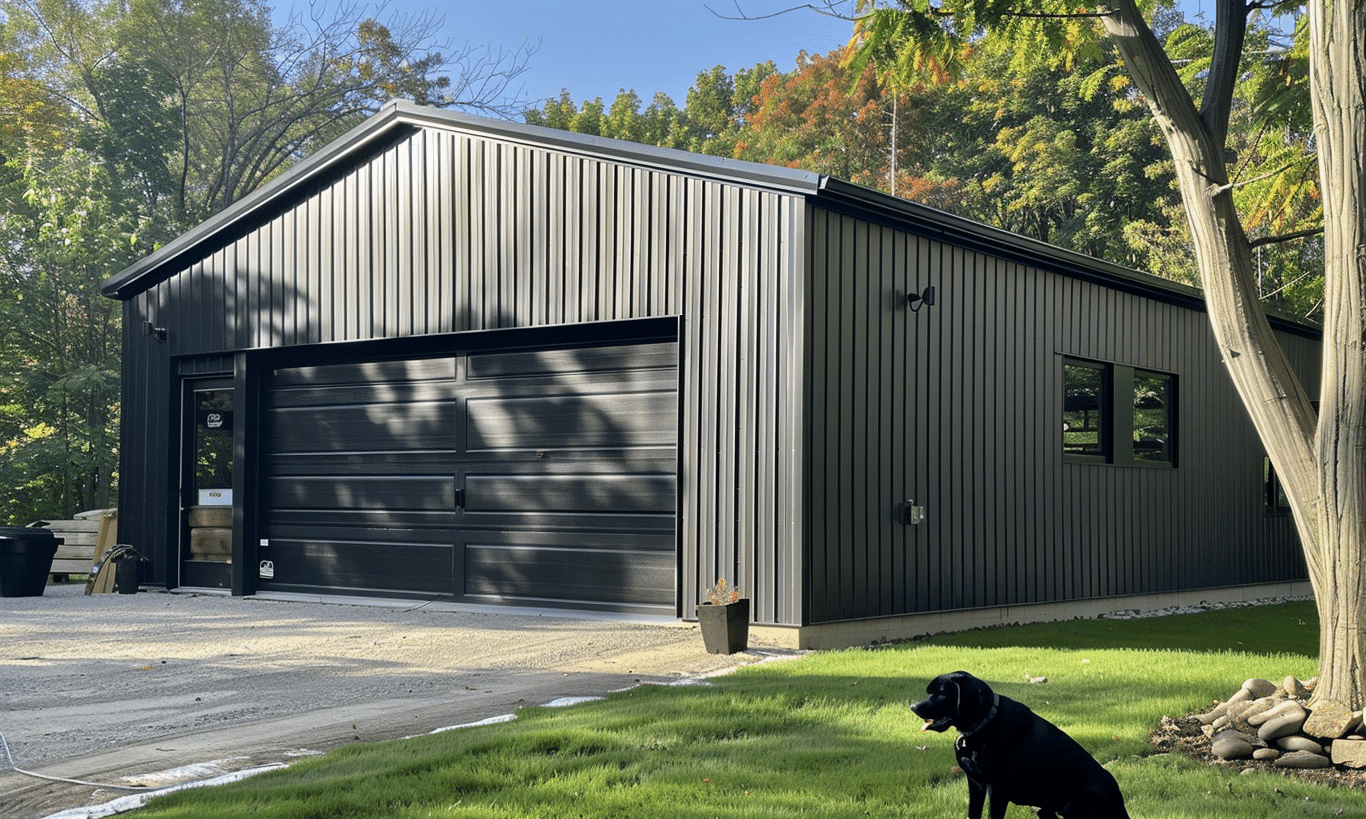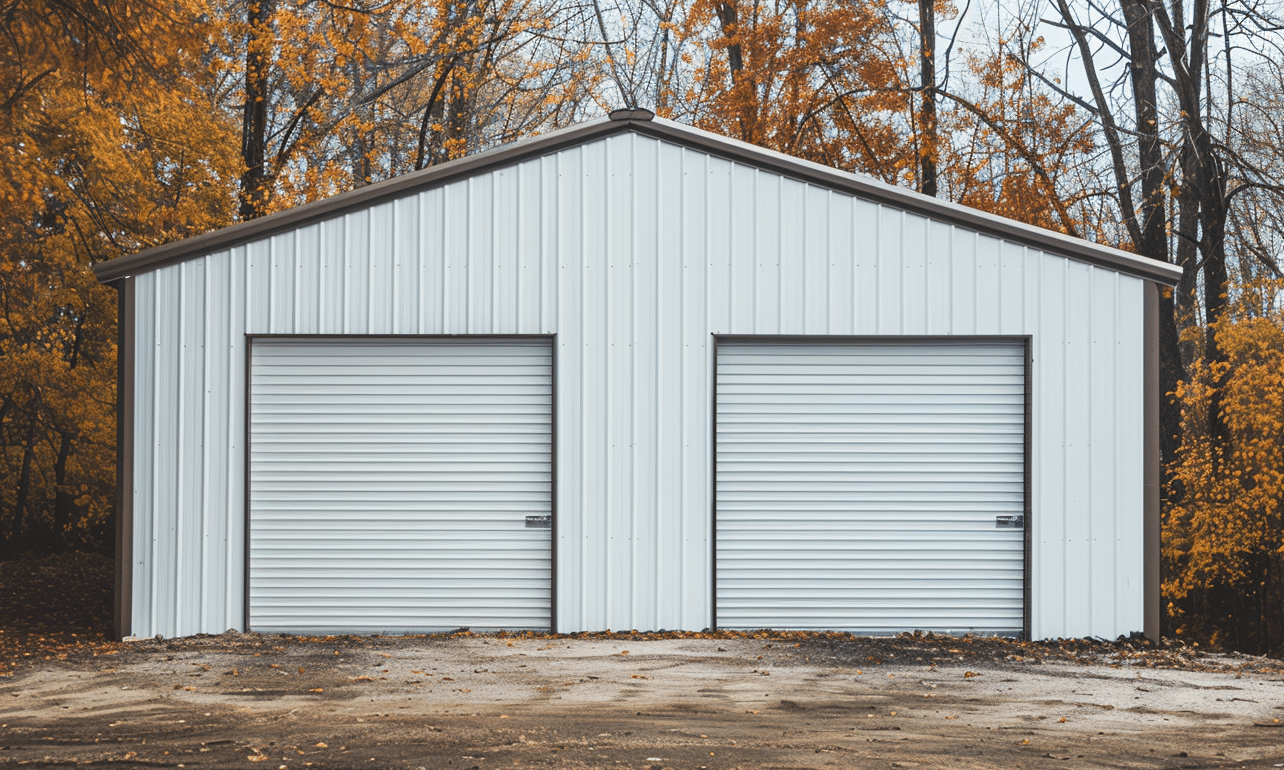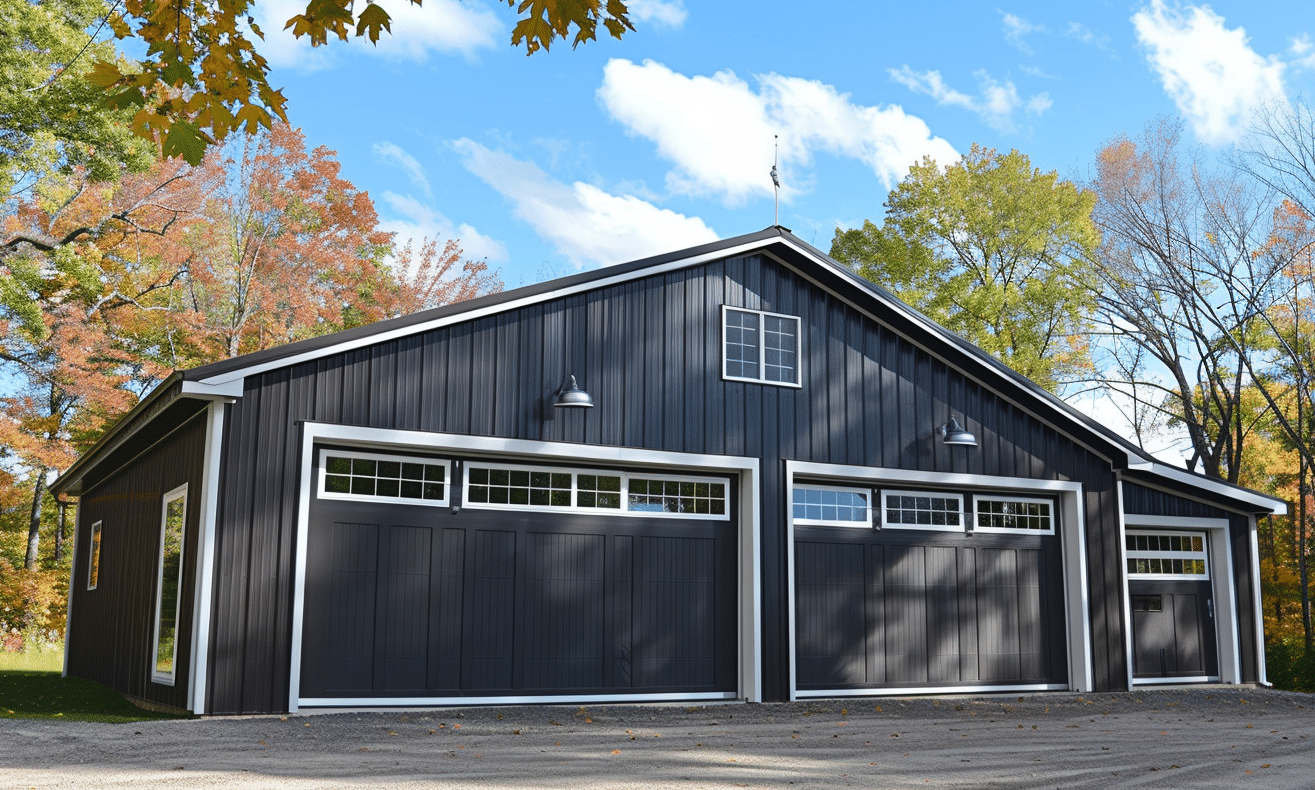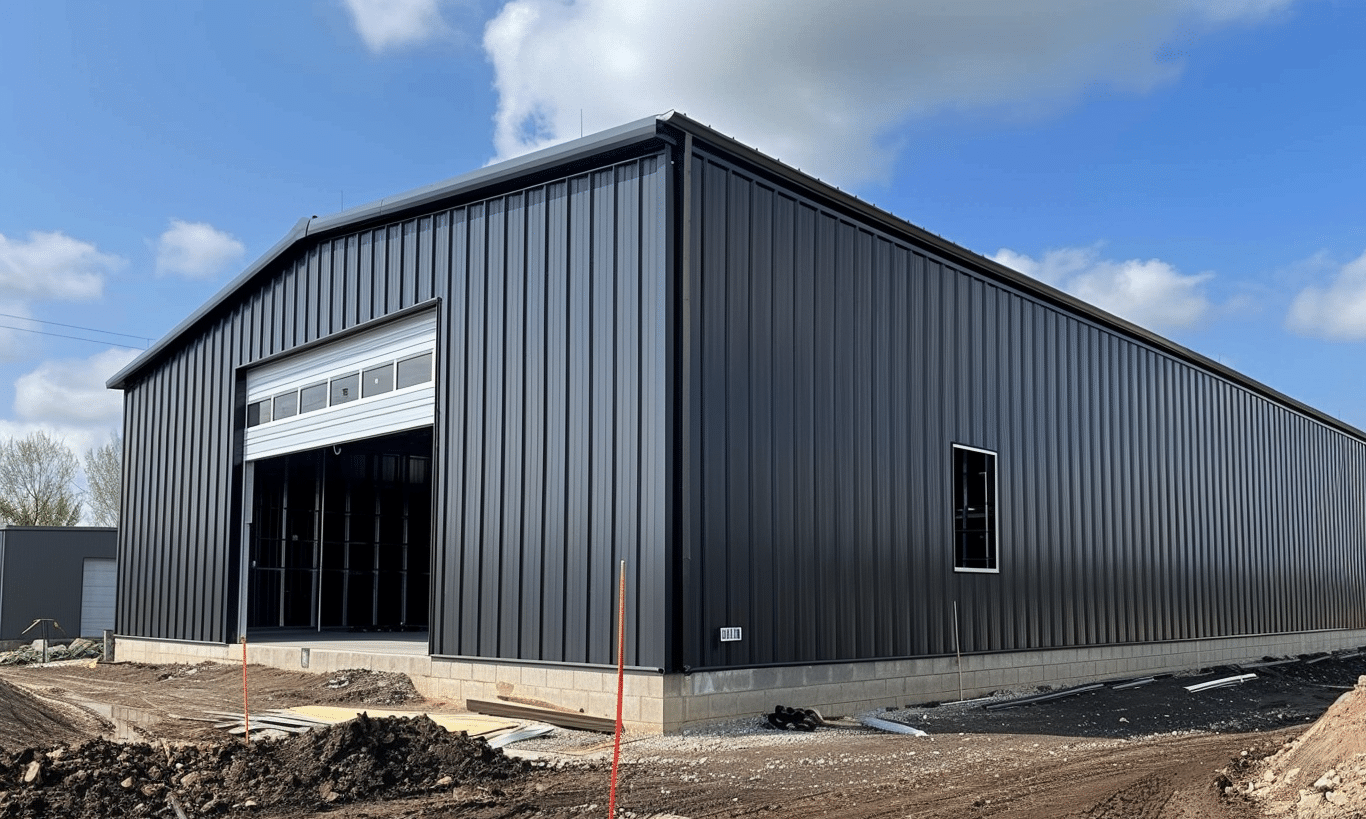In the rapidly evolving world of construction, staying competitive isn’t just a goal; it’s a necessity. Embracing the latest construction technology trends is increasingly becoming the key to standing out in this traditionally robust industry. But what does ‘construction technology’ really mean today? It encompasses everything from cutting-edge new technologies in steel buildings to digital solutions like Building Information Modeling (BIM). These advancements transform how projects are designed, developed, and even managed. Let’s delve into these essential trends shaping the future of construction, ensuring your competitiveness in a dynamic landscape.
Why Construction Technology Matters More Than Ever
Today’s construction industry moves at a pace that can feel almost dizzying. Fuelled by digital transformation, the integration of emerging technologies is driving unprecedented change. But why exactly is construction technology more crucial now? Imagine relying on traditional methods like handwritten blueprints for complex skyscrapers or modern steel infrastructures. It sounds like a relic of the past, right? The push for new tech isn’t just about convenience. It’s about efficiency, accuracy, and ultimately, staying ahead of your competition.
Unveiling Cutting-Edge Trends in Steel Building Construction
One of the most intriguing areas of innovation within the construction sector is the realm of steel buildings. With the advent of new techniques and technologies, steel structures are now more versatile than ever. Companies can now easily assemble a 20×20 steel building kit with enhanced precision, speed, and durability. The trend of prefabricated, modular kits aids in reducing costs and minimizing construction time, revolutionizing conventional building practices.
Decoding Digitization: The Power of BIM and IoT
While the physical aspects of construction are dramatically evolving, digital solutions are equally transformative. Building Information Modeling (BIM) has emerged as a pivotal tool, offering a digital representation of a building’s physical and functional attributes. It acts like a high-tech blueprint that facilitates smoother collaboration and interoperability among various teams. Simultaneously, the Internet of Things (IoT) provides real-time capabilities that allow for precise monitoring and control throughout the construction phase.

Automation and AI: Transforming Labor Dynamics
In the past, the construction sector relied heavily on manual labor. Today, automation and Artificial Intelligence (AI) are streamlining tasks that once demanded extensive human effort. These technologies not only reduce labor costs but also increase safety and efficiency. Automated machinery and robotic systems handle everything from bricklaying to demolition, ensuring precision that’s challenging to achieve manually.
The Green Movement: Sustainability as a Core Focus
Sustainability is more than just a buzzword; it’s a pivotal aspect of modern construction. The demand for eco-friendly buildings has surged, pushing the industry to innovate in the realms of energy efficiency and sustainable material use. The drive to incorporate green building practices is reshaping traditional methods, ensuring that new technologies harmonize with environmental considerations.
Embracing New Technologies in Steel Buildings
Steel remains a staple in modern construction due to its versatility and strength. However, the latest new technologies in steel buildings take these advantages several steps further. Advanced fabrication techniques and enhanced protective coatings now enable more complex designs and longer life spans. As steel construction becomes increasingly sophisticated, the emphasis on innovation within this segment continues to grow.

The Role of Regulatory Bodies and Industry Reports
Government insights and support also play a crucial role in fostering new innovations. Reports from organizations like Innovation, Science and Economic Development Canada – Construction Technology Trends provide vital data and insights that can guide businesses in strategic planning. Understanding these trends helps companies to align their operations with broader industry standards and expectations.
Construction Industry Trends: The Way Forward
So, what’s on the horizon? As these construction industry trends continue to evolve, companies that adopt an innovation-first mindset will have the upper hand. From augmented reality (AR) for realistic project visualization to drone technology for site inspections, construction firms that integrate these advanced tools will lead the future.

Conclusion: Staying Competitive in an Evolving Industry
The construction industry stands on the brink of a technological revolution. Embracing these emerging construction technology trends is not just advisable; it’s essential for those who wish to thrive in this competitive era. From the seamless integration of digital tools like BIM to the mechanical marvels of steel building innovations, the future looks promising for those ready to adapt and adopt. Being proactive in integrating these technologies ensures you remain competitive and forward-thinking, ultimately delivering better results while navigating this exciting landscape. Are you ready to build the future?










